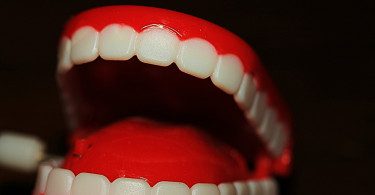Beware of excessive testing by doctors. Many tests are unnecessary. And these unnecessary tests may...
Health and financial security
For good reason, public not focused on health plan quality and...
A new Kaiser poll shows that Americans are not focused on health plan quality and price information...
U.S. underperforms in meeting basic needs of its citizenry.
According to the 2015 Social Progress Index, the U.S. has a lot of work to do in meeting basic...
New poll shows a slight majority of public favors health care...
A new Kaiser Family Foundation health tracking poll surveying adults for their views on the...
Community Aging in Place—Advancing Better Living for Elders...
As the population ages, many experiments are underway to understand how best to keep people living...
Long-term care is unaffordable for middle-income families
Where you live matters, for all kinds of reasons, including because it affects the long-term...
Why aren’t there dental therapists to provide lower-cost...
Given that even simple dental care can be very expensive and that few of us have insurance to cover...
Three ways government could help promote retirement security
In a report on our retirement crisis, the National Institute on Retirement Security puts forward a...
Get a dog, improve your health
Many people grow up with dogs and treasure the companionship and unconditional love a dog often...
Insurers may be ready to support negotiated drug prices
Cancer drug prices keep rising, up from an average of $129 a month in 1975 to an average of over...










